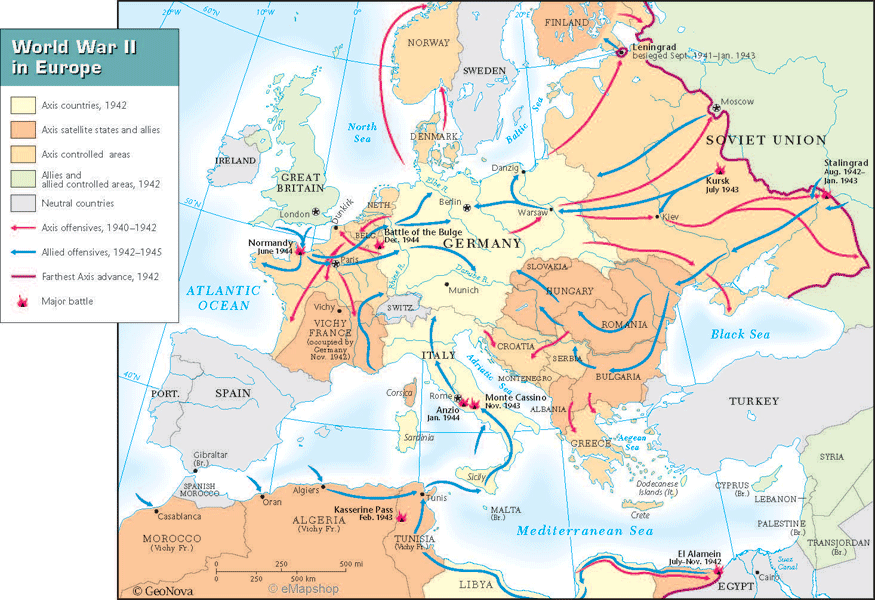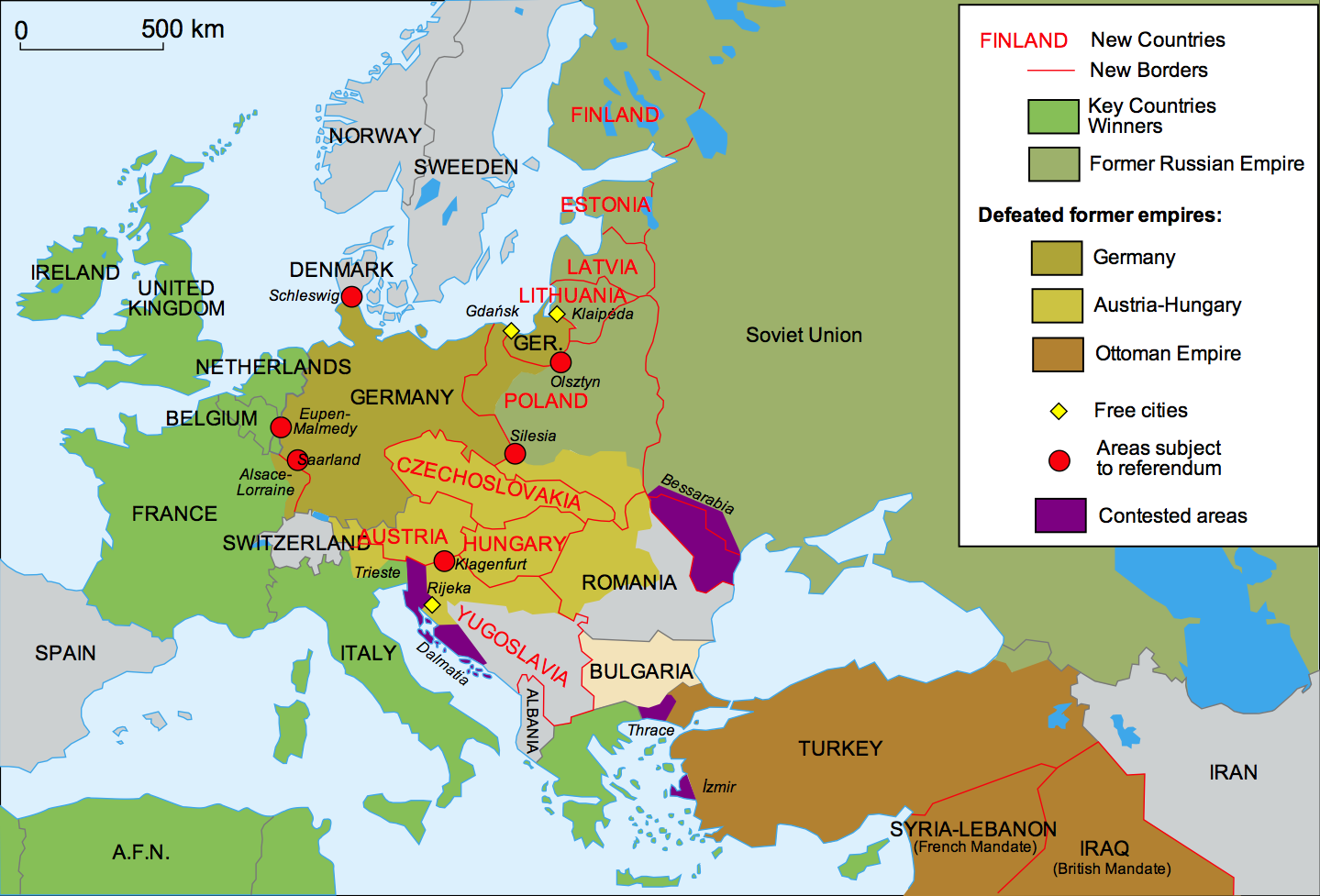

For the past few decades, Europeans were mainly focused on taming this impulse in the name of supranational cooperation. It follows that Europe’s decoupling from Russian energy will also be accompanied by efforts to make Europe less dependent on China.Ī third question involves the concept of sovereignty. This realization came hot on the heels of worries about “ mask diplomacy” and “ vaccine nationalism” during the Covid-19 pandemic, when many countries found themselves wholly reliant on others for critical supplies. The hope was that even if economic links between countries did not make war impossible, they would at least prevent a dangerous escalation in tensions.īut Russia’s invasion made a mockery of this idea, demonstrating that interdependence can also enable one party to blackmail the other. That was the idea behind the original European Coal and Steel Community (the precursor to the EU), which turned former enemies into friends by merging the national industries that had produced the munitions for World War II. European integration previously reflected the belief that economic links between countries would create a foundation for political reconciliation. Moreover, the EU has fashioned its economy into a weapon to use against Russia, and it is now planning for a war economy, where security will take priority over efficiency.Ī second major change is that Europeans must rethink interdependence. Taboos have been broken, with European Union member states sending heavy weapons to Ukraine and the EU’s “peace facility” pledging €2 billion ($2.1 billion) to arm that beleaguered country. There has been much discussion about German rearmament, Denmark’s decision to participate in European joint defense arrangements, and Sweden and Finland’s bid for NATO membership. The sabotage of the Nord Stream gas pipelines under the Baltic Sea has triggered worries that Europe’s energy infrastructure could be targeted as well.Most obviously, they now must concern themselves with hard power.

That prospect has fueled the fears on both sides that Putin may decide that he has no alternative but to escalate further, with even-larger strikes on Ukrainian power plants and other civilian installations or use of chemical or nuclear weapons. But behind the public displays of confidence that the mobilization will allow Russian troops to resume the offensive within a month or two, some insiders concede that the most the Kremlin can now aim for is a drawn-out conflict that lasts years with periodic flare-ups. In Moscow, some officials hope European and US resolve will weaken under the pressure of energy cutoffs and the growing cost of supporting Ukraine.

Battlefield successes to date have boosted calls to retake all the territory lost to Russia, including Crimea, which Putin annexed in 2014. 24 invasion within 3-6 months if weapons supplies from the US and its North Atlantic Treaty Organization allies continue. Ukrainian officials say the success of their counteroffensive so far shows that they can evict Russian troops from most of the rest of the territory occupied since the Feb. Some suggest Kyiv may be able to push Moscow’s forces back by next summer. With only a few more weeks before winter’s cold begins to complicate fighting, US and European officials worry the war may drag out, with Russia unable to regain the initiative but willing to expend vast numbers of troops and equipment to slow Ukraine’s advance. Also read | Opinion | Russia’s nuclear threat may force Europe to build a nuclear arsenal


 0 kommentar(er)
0 kommentar(er)
